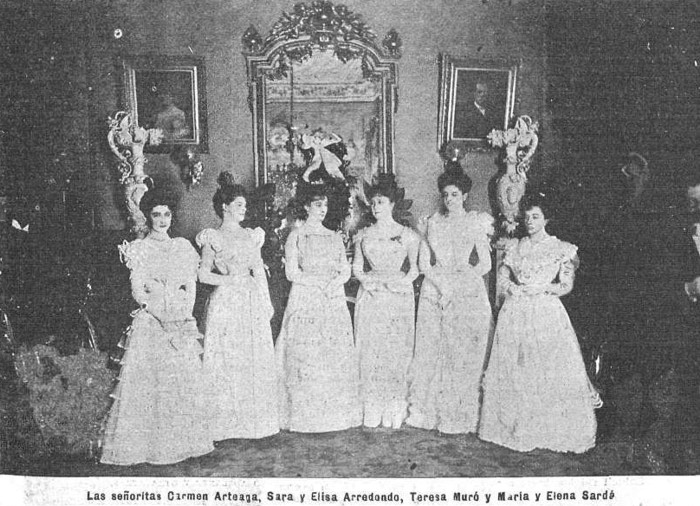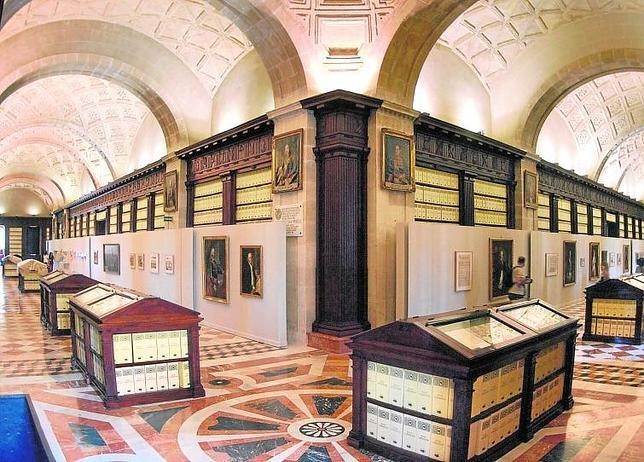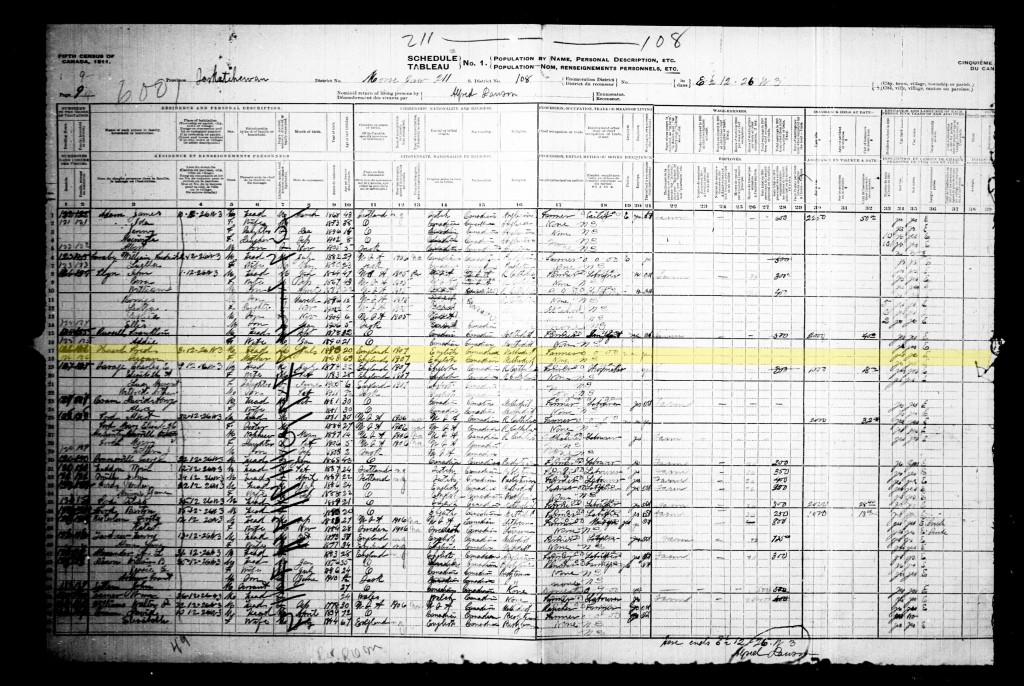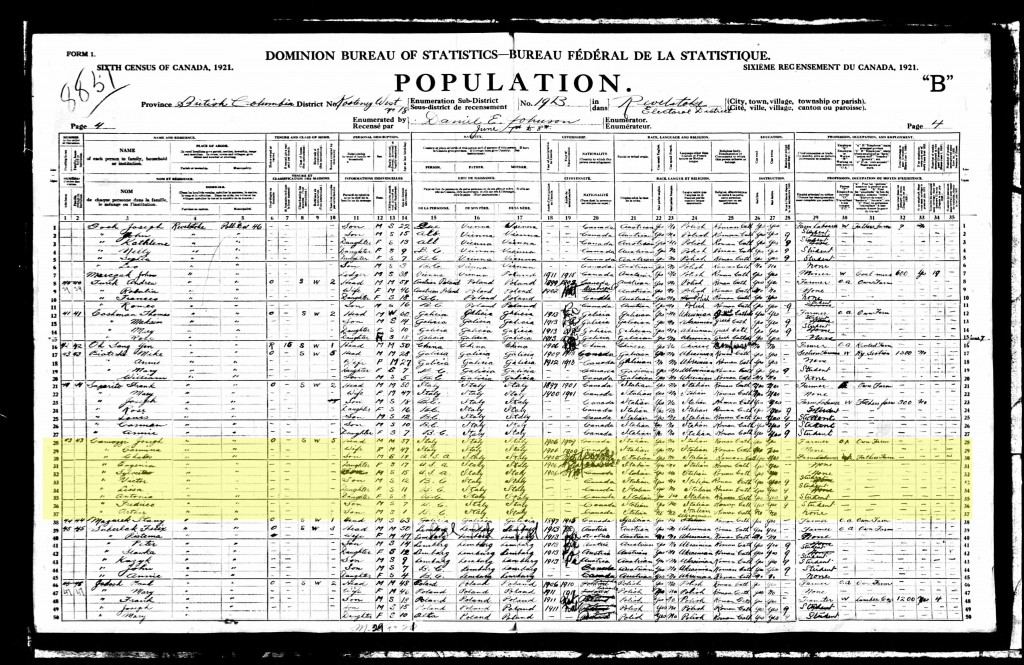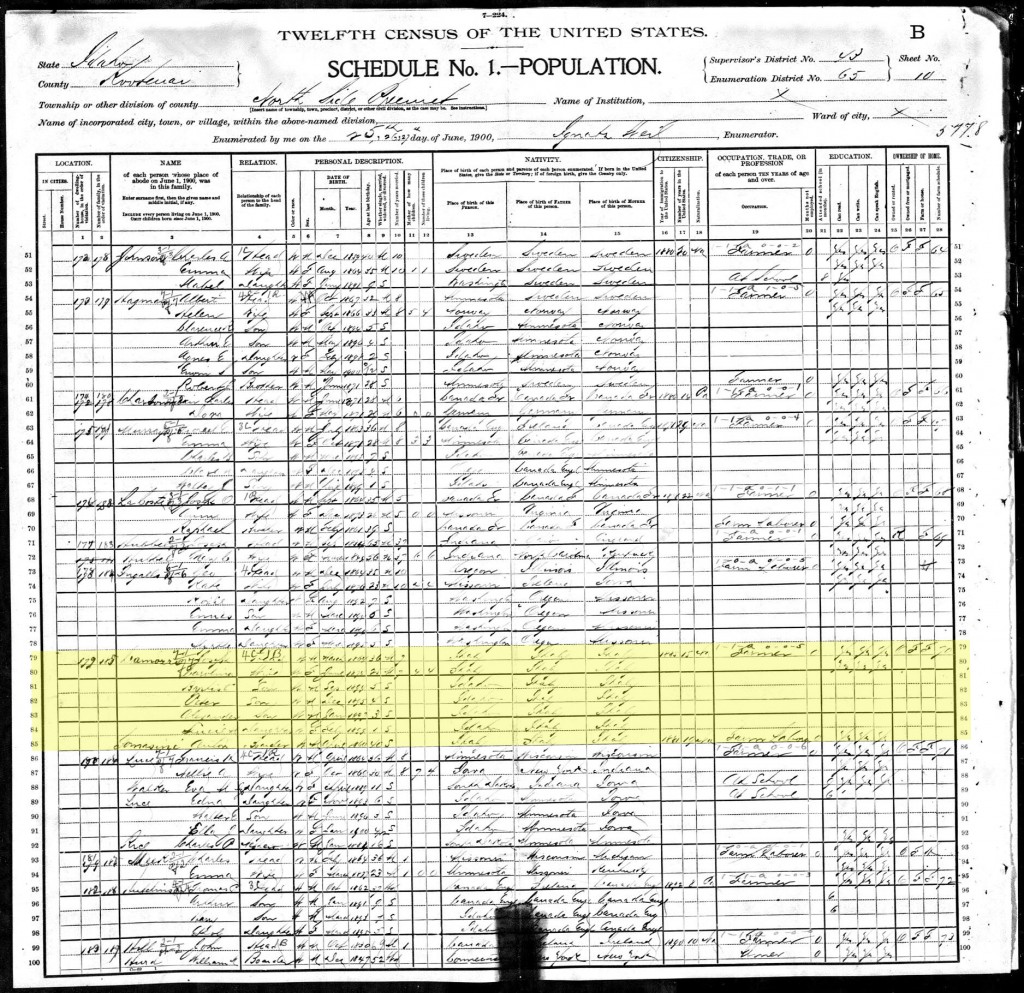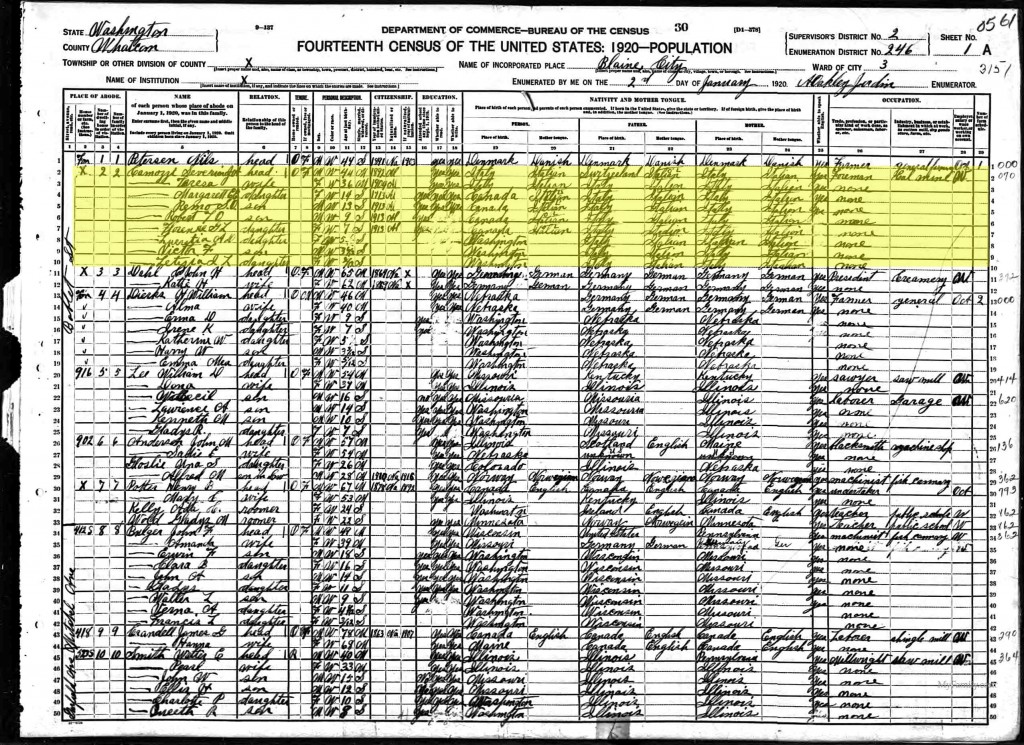Portuguese censuses
- Even if the history of Portuguese censuses is rich as in Portugal there have been population counts since early times, so far there are no census records available to be consulted on line.
- As this called my attention very much, I contacted the LDS to see if they are working on any project to put Portuguese censuses online or in case they aren´t, to see if they know of any other organization either public or private carrying on a project of this nature. The answer was very kind and quick but discouraging: they are not working on Portuguese censuses, they do not know of anybody doing so, and they do not even have microfilmed census records on their Salt Lake Library so far.
- Taking this into consideration, I doubted about the utility of writing about Portuguese censuses. At the end, I decided to do so anyway, provided there is very little information on Portuguese censuses available online in English, so I guess whatever I can provide here might be of potential interest to people not speaking Portuguese. In any case, I will be keeping an eye on this issue, so as to update this article as soon as I get any news on censuses made available online.
Brief history of Portuguese censuses of genealogical interest.
- The first trace of counts approaching a census took place in the year 0, by order of the Emperor Caesar Augustus.
- In the middle ages, during the period of occupation of the Arabs, several counts were carried.
- Portugal as we know it today was established in 1139 and during the 15th century lived its golden period thanks to the colonies acquired in Africa and America. This turned Portugal in one of the most rich and influential countries, something that lasted until the 16th During the times of Afonso III (1260-1279) and. João I (1421-1422), population counts were carried but these censuses were restricted to the count of the men apt for war («Rol de Besteiros»).
- The first census of general scope would be made only in 1527, in the reign of King John III. Other collections followed, general or restricted, as the “Count of Men” or ”People’s review of War” of 1636-1639 (under Philip III), “the Marquis of Abrantes” Census of 1732-1736 (under João V) or the “Pina Manique census” of 1776-1798 (under Queen Mary I).
- The first population counts approaching the modern concept of census only appeared in the 19th century. The first of these (1801 census) was based on numbers provided by the ecclesiastical authorities of the parishes, as -in contrast to the weak State presence- the Church kept detailed records of individuals (baptisms, marriages, deaths).
- Despite of the fact the State later enhanced its presence, the administrative machinery remained weak at the local level, so that on the 1849 census it was still necessary to use parishes as a primary source of information.
- The 1864 census was the first to be governed by international guidelines, marking the beginning of the modern era censuses in Portugal.
- The 1878 census, showed some innovation with respect to information collected. It included new information about elementary instruction (can read and write, know only read, can’t read or write) and a section about the “physical or special circumstances” of recorded, classified in six illnesses or injuries (deaf and dumb, deaf, dumb, blind, dumb, and alienated).
- Although the international guidelines indicated that censuses should be conducted every 10 years, the next census only took place in 1878, followed by another 1890. The 1890 census followed new methodological guidelines, as per the International Congress of St Petersburg of 1872.
- Again, even if the next census should have been carried out in 1888, it was postponed to the year 1890 and from then on, the decennial periodicity was kept. From the methodological point of view this census demonstrates greater caution in the collection, the processing and the presentation of final data.
- On the 1900 general census, religious data was collected by the first time, using the following categories: Catholics, Protestants, Orthodox Christians, Israelis, Muslims and no religion. As for marital status, the category “legally separated” was included.
- The 1911 general census kept the same methodology and the observed variables, but to the collection of marital status data, the category “divorced” was added.
How can I manage to find my Portuguese ancestors? Is it hard?
- Even if for the time being Portuguese census records are not yet available to the amateur genealogist, other valuable resources are available on line:. vital records, biographies, cemeteries data, immigration records, land records, military records, obituaries, etc.
- com provides plenty of links to useful online resources at: http://search.ancestry.mx/Places/Europe/Portugal/Default.aspx?geo_a=r&o_xid=62916&o_lid=62916&o_sch=Partners
- It is also advisable to check FamilySearch for Portuguese genealogy resources at: https://familysearch.org/wiki/en/Portugal_Online_Genealogy_Records
Sources:
https://familysearch.org/wiki/pt/Portugal
http://censos.ine.pt/xportal/xmain?xpgid=censos2011_apresentacao&xpid=CENSOS
https://pt.wikipedia.org/wiki/Censo_demogr%C3%A1fico_em_Portugal
By, Carmen Vazquez Sibils
